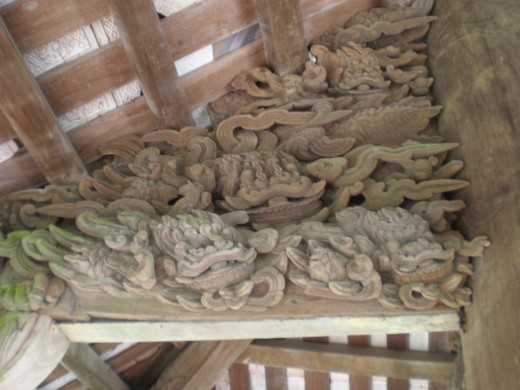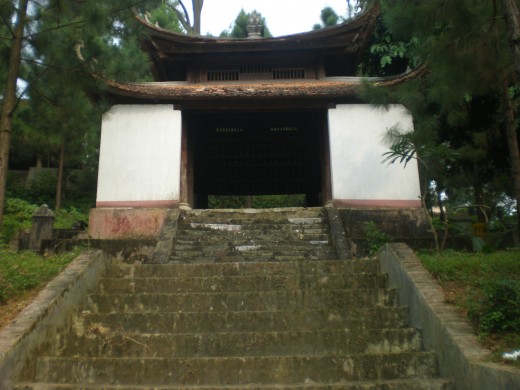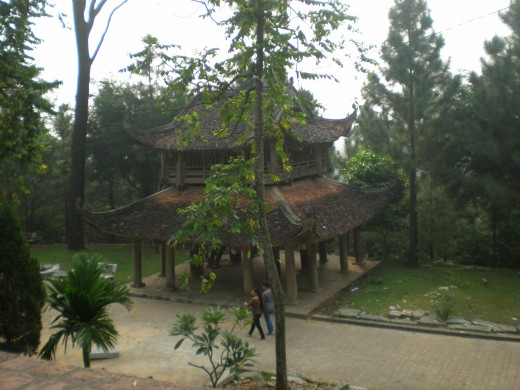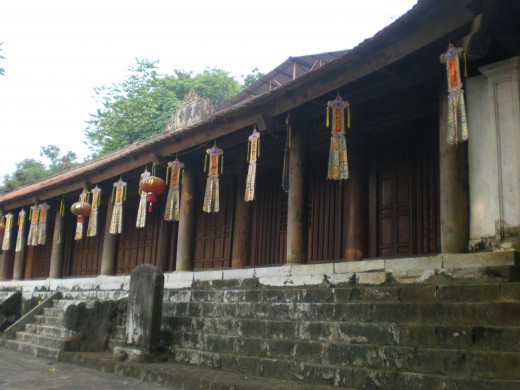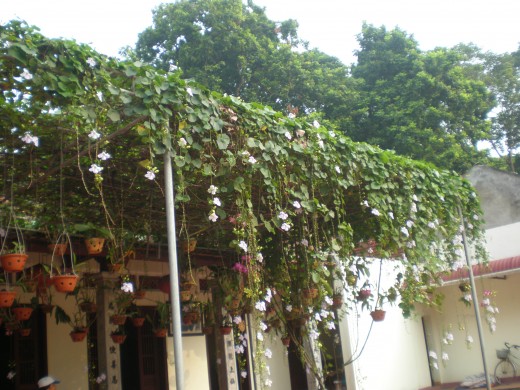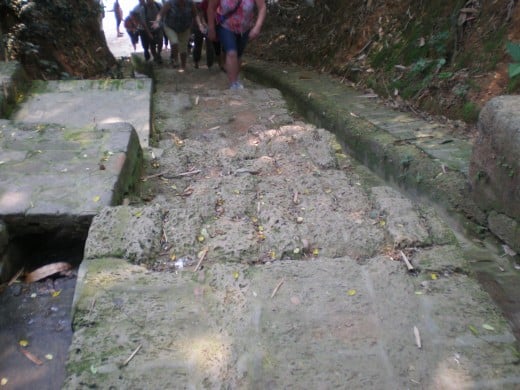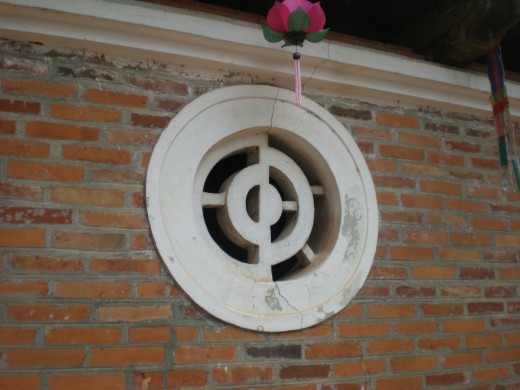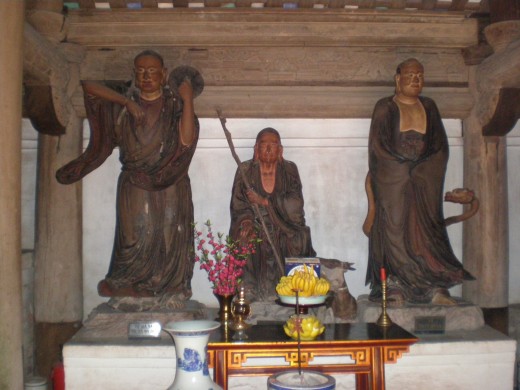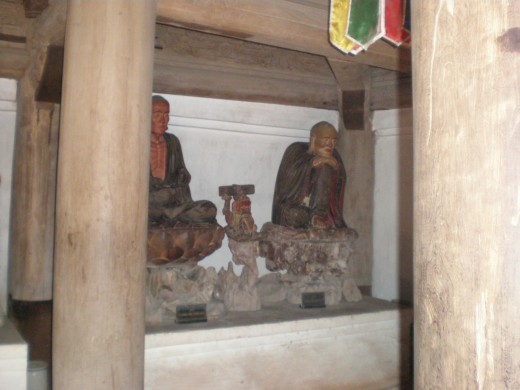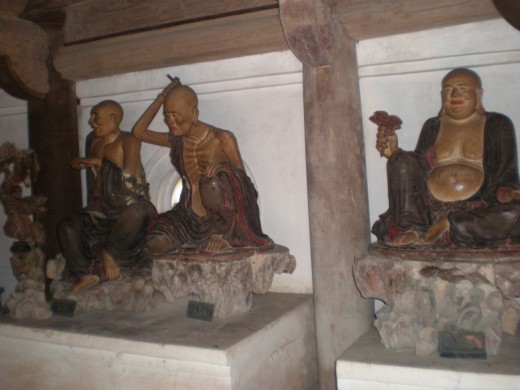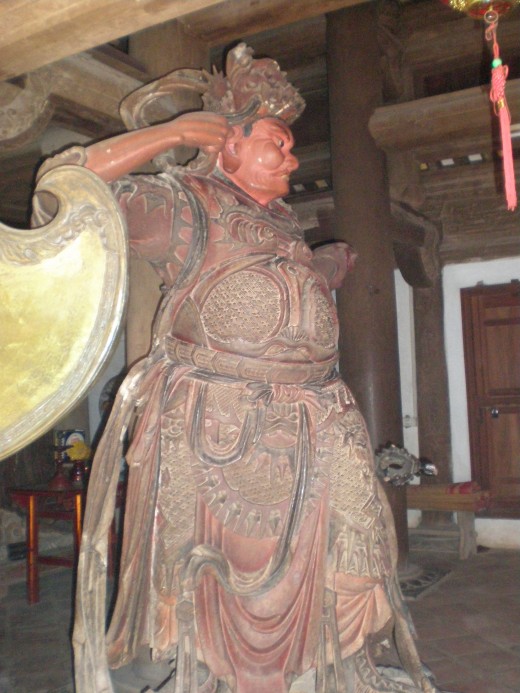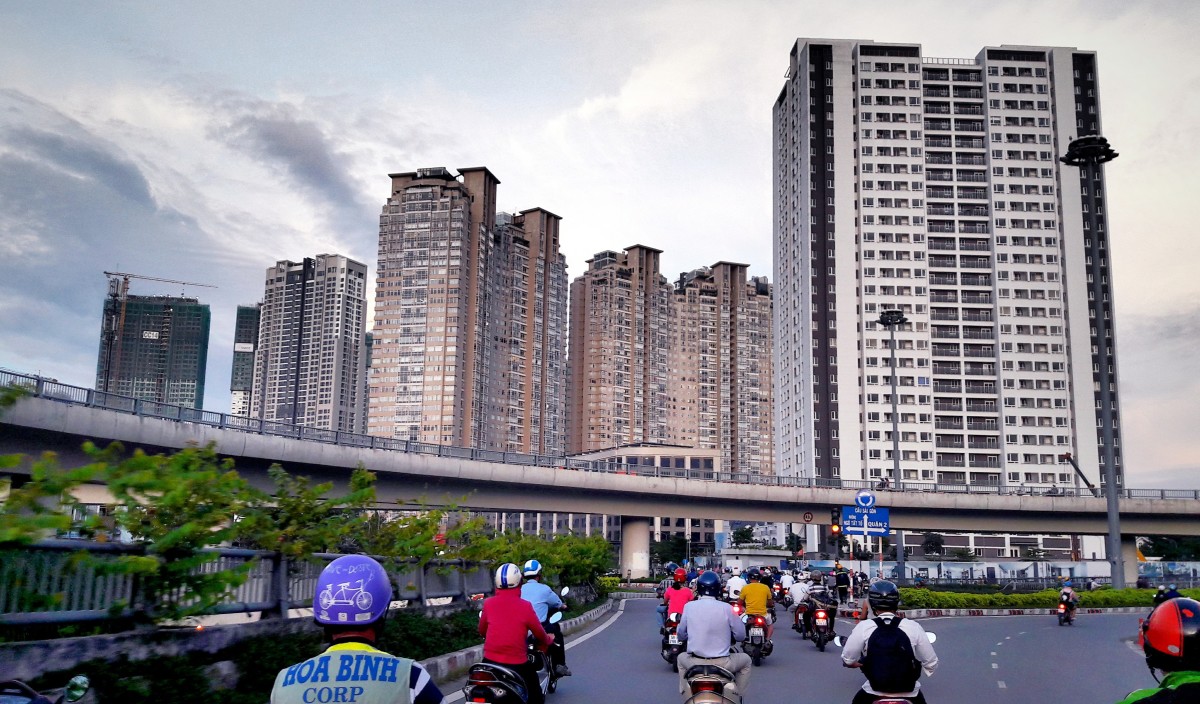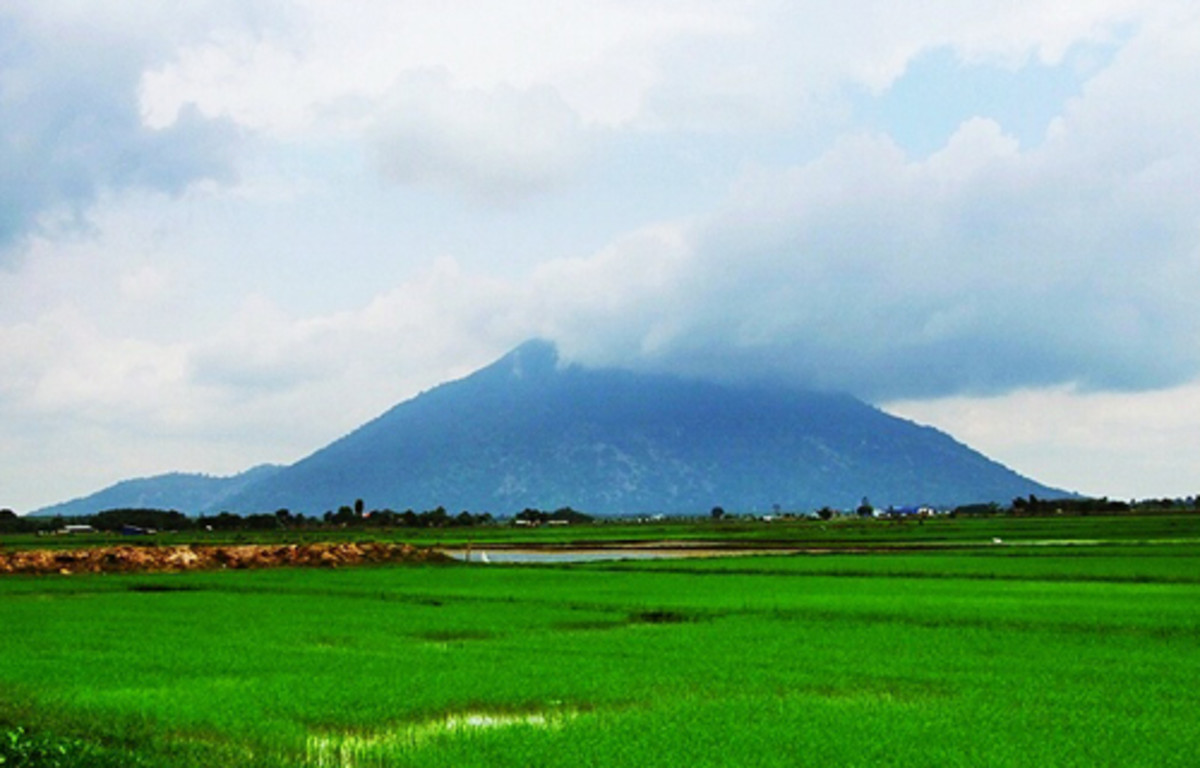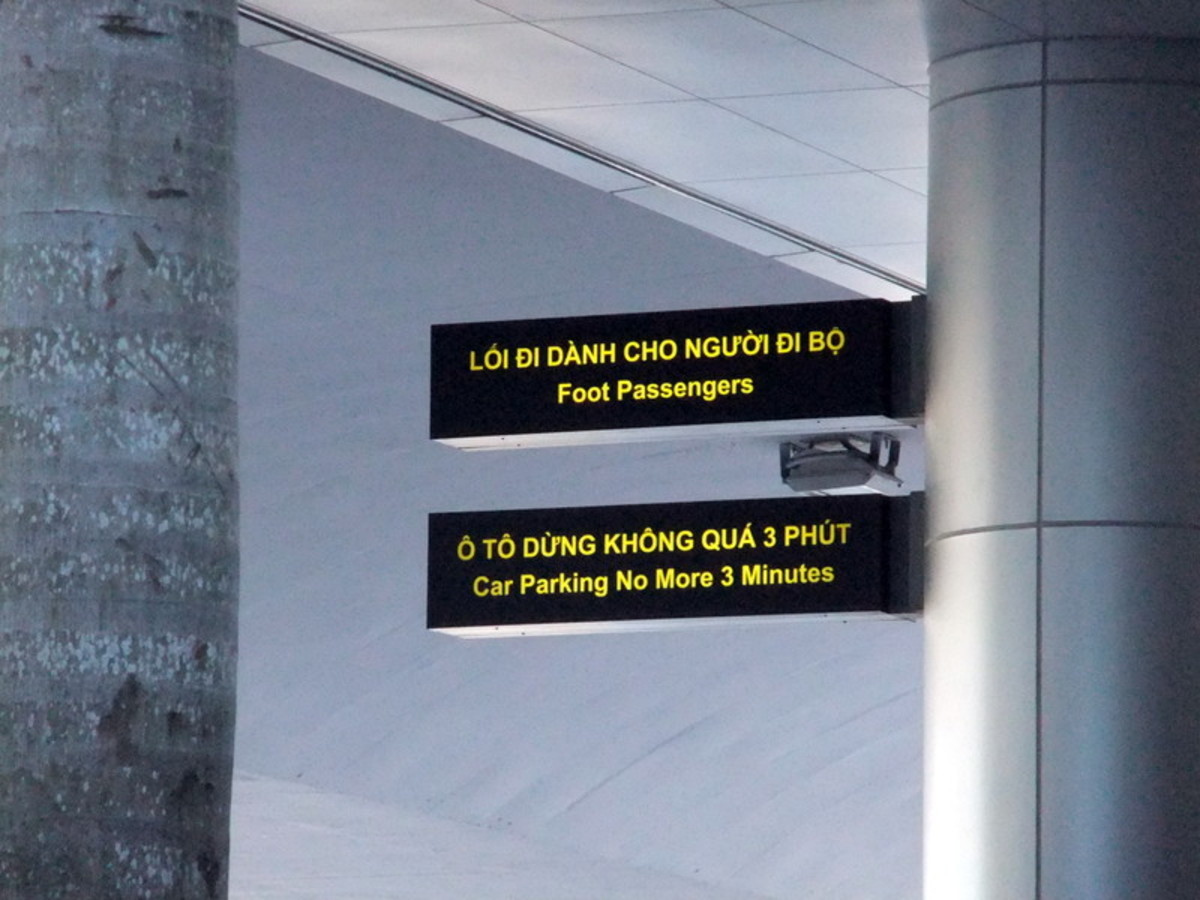- HubPages»
- Travel and Places»
- Visiting Asia»
- Southeastern Asia
Vietnam travel: Famous pagodas in Hanoi region
Short notes on North Vietnamese pagodas
The philosophy behind the traditional choice of location for a pagoda is that it is a place of recluse away from the distractions and temptations of everyday life. Thus old pagodas can often be found on the fringe of a village, on a hill or a mountain if possible. Visiting a pagoda is thus also a trip to enjoy nature.
Besides its function as a place for worship, a pagoda is a residence of monks and nuns (the genders are segregated but they share the same residential complex).
Buddhism in North Vietnam co-exists with the local animism i.e. worship Mother Nature and nature gods. Therefore, besides the Buddhas and Bodhisattva, you may find a shrine for Mother Nature in a pagoda. Furthermore, important figures (e.g. abbots, officials who made important contributions to the temple) are enshrined in the relevant pagoda.
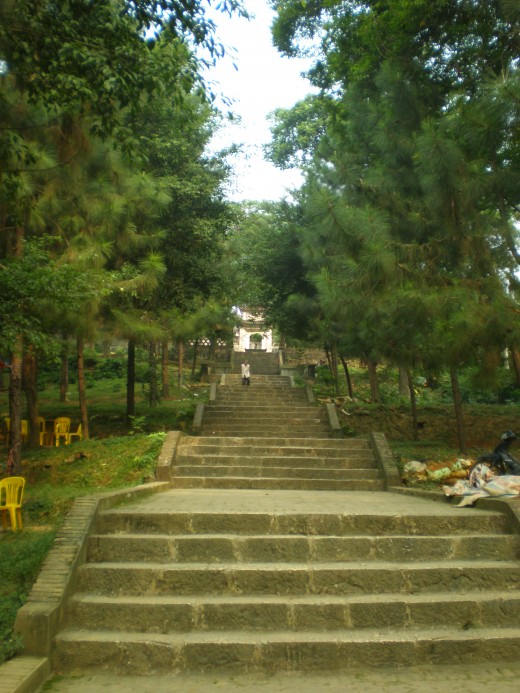
Tram Gian (lit. Hundred Halls) Pagoda
A beautiful temple on a small hill in the suburban area east of modern day Hanoi, Tram Gian Pagoda was built in the 12th century under royal patronage. The architecture follows the "three steps" structure. The lowest level is a pond with a pavilion, where water puppet plays were held in honour of the Emperor. The second level is the grand bronze bell housed in a pavilion and a stone stele. The uppermost level is the temple complex. Everything is built with wood except for the steps and foundation.
The attraction of Tram Gian Pagoda is the beautiful carvings that decorate the buildings in the complex. The main motifs are cloud, lotus, and dragon. How the architecture is combined with nature is representative of classic China-influenced feng shui philosophy: reclining on the hill and facing a water body. The arrangement is believed to bring both stability and good energy flow to the complex.





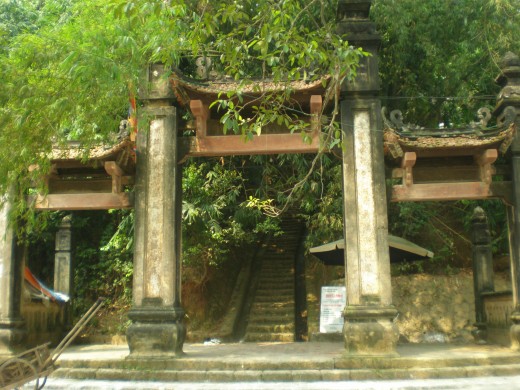
Built in the 18th century, Tay Phuong Pagoda is located on a fairly steep hill, which means visitors have to climb around two hundred narrow steps to get to the temple complex. Like Tram Gian Pagoda, this pagoda is not far from Hanoi city centre.
Tay Phuong Pagoda is famous for a unique collection of sculptures made from jackfruit wood that depict eighteen arhats (individuals who are advanced in the path to enlightenment). Each of the arhat has a distinct mood like stern, smiling, mourning, and has a legend associated with them. Besides that, the temple has a sizable collection of sculptures depicting the Buddhas and Bodhisattva.






One-Pillar Pagoda
A well-known symbol of Hanoi, One-Pillar Pagoda is located right in the centre of the city. True to name, this tiny wooden temple (only big enough for one worshipper at a time, and there is only one sculpture inside) is built on a stone pillar in the middle of a square pond full of lotus and bridged with the outside via a stone staircase. The idea behind this design is that the temple is a stylised lotus.

